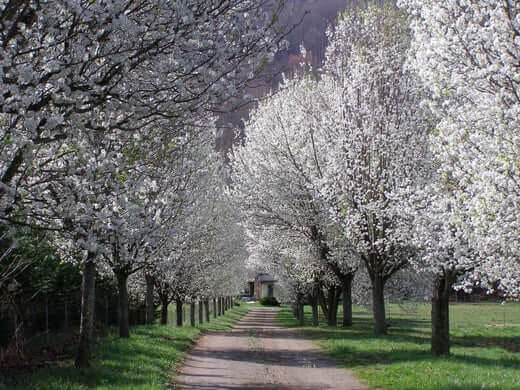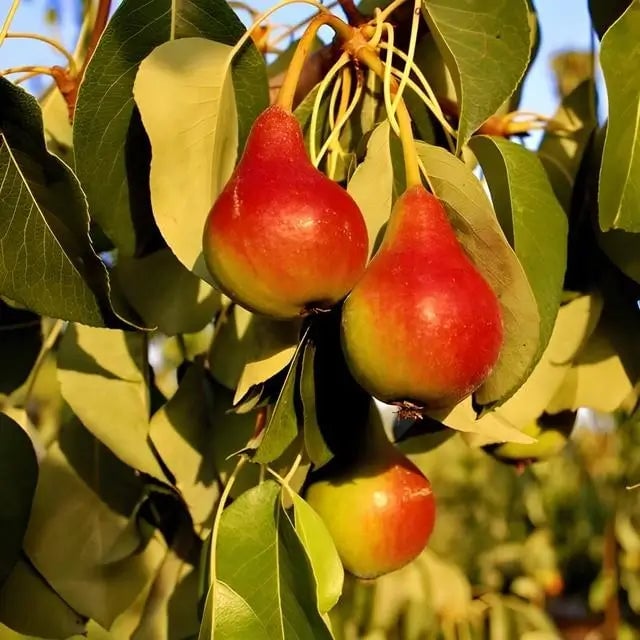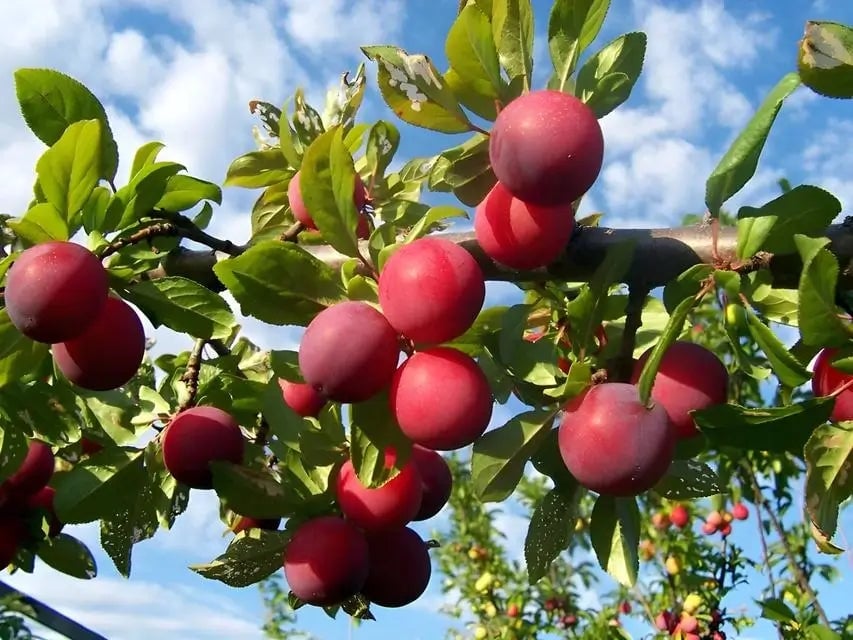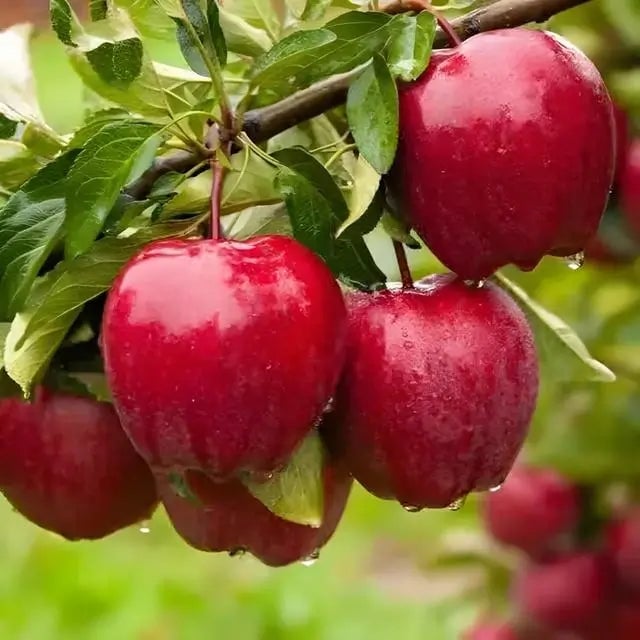The Bradford Pear Tree: Beauty and Controversy
The Bradford Pear tree (Pyrus calleryana 'Bradford') has long been a staple in urban and suburban landscapes due to its striking appearance and adaptability. However, despite its initial popularity, the Bradford Pear has also faced controversies and environmental challenges that have sparked discussions about its suitability as a landscaping choice.
The Bradford Pear tree, a deciduous ornamental tree, hailed from China and was introduced to the United States in the early 20th century. Initially brought to America for its aesthetic qualities, such as its showy white flowers in spring and vibrant red and orange foliage in autumn, the tree was embraced by landscapers and homeowners alike. Its dense, symmetrical canopy and fast growth rate made it appealing for creating a quick visual impact in urban and suburban settings.
Physical Characteristics
The Bradford Pear tree typically grows to 30 to 50 feet with a spread of around 20 to 30 feet. Its pyramid-shaped canopy and uniform branches make it an eye-catching addition to streets, parks, and gardens. During the spring, the tree becomes a vision of elegance as its blossoms cover the branches in a blanket of white flowers. The fragrant flowers are a source of nectar for pollinators, making them a popular choice for those seeking to support local wildlife.
Controversies:
While the Bradford Pear tree's early popularity was undeniable, it soon became apparent that its seemingly ideal traits came with significant drawbacks and challenges.
- Weak Branch Structure: One of the most notable issues with the Bradford Pear is its soft branch structure. The tree's branches grow at tight angles, leading to "V"-shaped crotches prone to splitting during storms or heavy winds. This susceptibility to breakage risks property and people, making the tree less than ideal for urban environments where falling branches can cause damage or injury.
- Invasive Tendencies: A more substantial concern regarding the Bradford Pear tree is its invasive nature. As the tree matures, it produces small, hard fruits eaten by birds. These birds spread the seeds far and wide, increasing invasive thickets in natural areas. The offspring of Bradford Pear trees often crossbreed with other varieties of Callery pear, creating hybrid trees that can take over ecosystems and crowd out native vegetation. This invasiveness has led to the labeling the Bradford Pear as an invasive species in many regions.
- Short Lifespan: Despite its rapid growth, the Bradford Pear tree has a relatively short lifespan compared to other tree species. Many trees decline and show weakness or disease after 15 to 25 years. This shorter lifespan reduces the long-term benefits of planting the tree and contributes to its overall unsuitability for urban forestry.
Alternatives and Solutions
Given the issues associated with the Bradford Pear tree, many experts and organizations advocate for alternative tree species that offer similar aesthetic qualities without negative impacts. Some suitable alternatives include:
- Native Trees: Choosing native trees well-suited to the local climate and ecosystem can help promote biodiversity and support native wildlife. Native trees are more likely to thrive without becoming invasive nuisances.
- More robust Cultivars: Some cultivars of Callery pear have been bred to have more muscular branch structures, reducing the risk of breakage. While these varieties may address one concern, they might not mitigate the tree's other issues.
- Diverse Landscaping: Diversifying the types of trees planted in a landscape can help prevent the spread of diseases or pests and reduce the impact of a single species' decline. This approach also enhances the overall health and resilience of the ecosystem.
Planting the Bradford Pear Tree: Steps and Guidelines
Planting a Bradford Pear tree (Pyrus calleryana 'Bradford') requires careful reflection and proper technique to ensure its successful establishment and growth. While the tree's beauty and rapid growth rate can be appealing, addressing potential challenges such as weak branch structure and invasive tendencies is crucial. Here's a step-by-step guide on how to plant a Bradford Pear tree effectively:
Site Selection:
Choosing the right location is paramount for the long-term health of the tree. Consider the following factors when selecting a planting site:
- Sunlight: Bradford Pear trees thrive in full sunlight. Select a site that receives at least 6 hours of direct sunlight daily for optimal growth and flower production.
- Soil Conditions: The tree prefers well-draining soil that is slightly acidic to neutral. Conduct a soil test to assess pH and soil composition. Amending the soil with organic matter can improve drainage and nutrient availability.
- Space: Ensure the chosen site provides enough room for the mature tree's size and canopy spread. Avoid planting too close to buildings, utility lines, or other structures.
Tree Selection:
Choose a healthy tree from a reputable nursery or garden center. Look for a tree with a straight central leader (main trunk) and well-spaced branches. Avoid trees with signs of disease or damage.
Timing:
The best time to plant a Bradford Pear tree is in the fall or, instead, spring when the weather is more relaxed, and there's ample time to establish its root system before facing the stress of summer heat or winter cold.
Digging the Hole:
Dig a planting hole two to three times the width of the tree's root ball and slightly shallower than its height. This will provide enough room for the roots to spread out and establish.
Soil Preparation:
Remove the tree from its container and gently loosen the roots if they circle the root ball. Place the tree in the hole and backfill it with the original soil mixed with compost or other organic matter. This mixture enhances soil structure and promotes healthy root growth.
Planting Depth:
Ensure the tree is planted at the same depth it was previously growing, with the top of the root ball level and surrounding soil. Planting too deep or too shallow can hinder root establishment.
Mulching:
Apply a layer of mulch around the tree's base, such as wood chips or bark. The mulch helps retain moisture, suppress weeds, and regulate soil temperature. Be sure to leave a gap between the mulch and the tree trunk to prevent moisture accumulation and potential rot.
Watering:
Immediately after planting, water the tree thoroughly to settle the soil and eliminate air pockets around the roots. Consistent watering is essential for root development during the tree's first year. Keep the soil evenly moist but not soggy.
Pruning:
Pruning should be minimal during the first year to allow the tree to focus on root growth. Remove broken or damaged branches and maintain a single central leader to encourage a strong structure.
Staking:
While Bradford Pear trees typically don't require staking, if the tree is in a windy location or has a history of weak branches, consider risking it for the first year to provide stability.
Maintenance:
Regular maintenance, including watering, mulching, and periodic pruning, is crucial for the tree's ongoing health and development. Monitor for signs of disease, pest infestations, or structural issues and address them promptly
Conclusion:
The Bradford Pear tree's journey from a celebrated ornamental to a controversial and problematic species highlights the importance of considering the long-term ecological impacts of landscaping choices. While it's stunning appearance and fast growth once made it a popular choice, its weak branches, invasiveness, and short lifespan have led to its reconsideration of modern landscaping practices. As we strive to create sustainable and resilient environments, we must seek alternatives that offer both beauty and ecological benefits without compromising the delicate balance of our ecosystems.
Read more
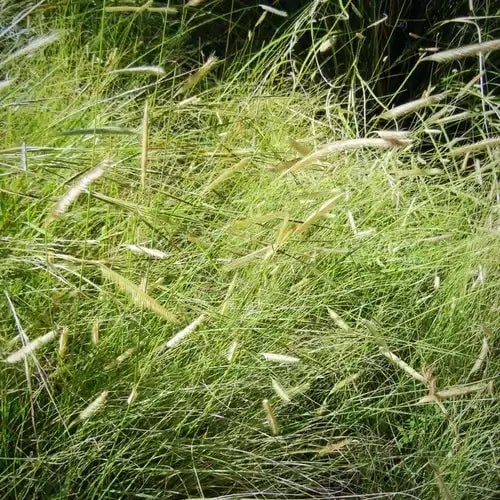
When someone mentions the Great Plains, the first picture that comes to a person’s mind is grassy prairies rolling gently as far as the eye can see. Not many people know that the grass found on the...
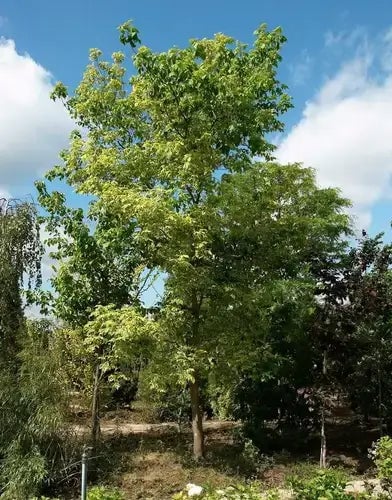
The box elder, or Acer negundo, is, despite its common name, a maple. A small, fast-growing tree can reach 35-80 feet with a trunk diameter of around 20 inches. This deciduous tree is native to mos...


